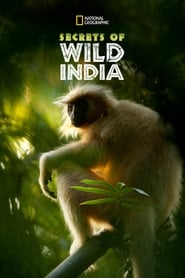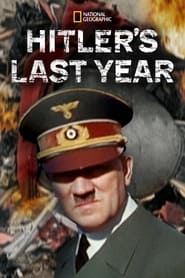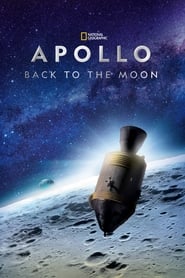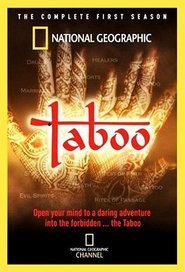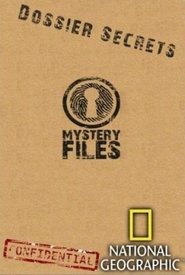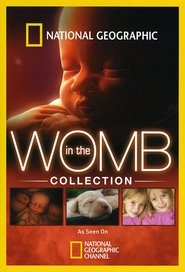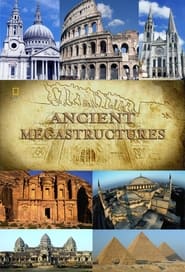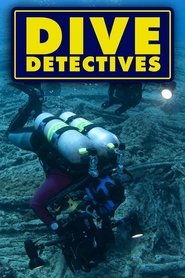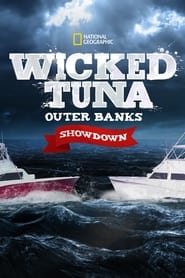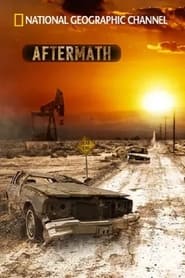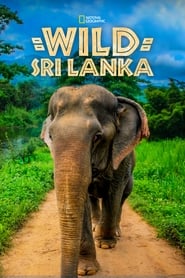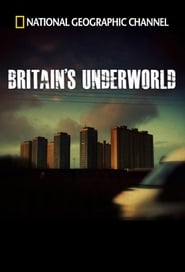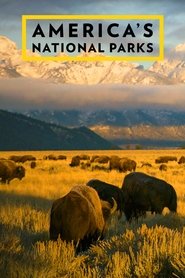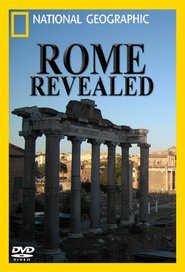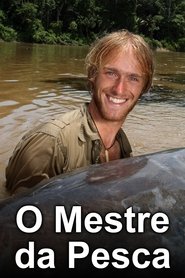National Geographic TV Series - Page 8
-
Secrets of Wild India
2012
star 7.3India is home to over a billion people with 1/5 of the world's population on only 2% of the world's surface. Yet India still has a wild side, populated by giants, fierce predators, the rare and beautiful…all wrapped up in a land of extremes. 'Secrets of Wild India' celebrates the diversity and drama of India's extraordinary and varied landscapes. In this three-part series, each episode focus' on one iconic ecosystem, a snapshot of how life works in each unique environment. -
Hitler's Last Year
2015
star 5.4The story of the last year of the war in Europe, from the D-Day landings in Normandy in June 1944 to the dual German surrender, first in Reims then Berlin, in May 1945. Eleven months of unprecedented combat.This was the deadliest year of WW2. -
Apollo: Back to the Moon
2019
star 6.2irected by François Pomès, this two-part documentary chronicles the epic adventure of the Apollo space program, which included both tragic setbacks and historic successes. The first phase takes place against a backdrop of the Cold War, from the disaster of the Apollo 1 mission to the triumph of the Apollo 8 mission. The last stage culminates with the Apollo 11 space flight which landed American astronauts Neil Armstrong and Buzz Aldrin on the Moon. With full-color archival images and 3D reenactments of the mission's key stages, this immersive account details the journey of the men and women who contributed to the celebrated Apollo 11 mission. -
Taboo
2002
star 7.8Taboo is a documentary television series that premiered in 2002 on the National Geographic Channel. The program is an educational look into "taboo" rituals and traditions practiced in some societies, yet forbidden and illegal in others. Each hour long episode details a specific topic, such as marriage or initiation rituals, and explores how such topics are viewed throughout the world. Taboo generally focuses on the most misunderstood, despised, or disagreed-upon activities, jobs, and roles. -
Mystery Files
2010
star 1From the Legends of King Arthur and Robin Hood to the recent events of the Russian Revolution, history is full of fascinating and evocative unsolved mysteries. They have inspired, intrigued and often confounded us – but how much do we really know about them? And can we separate fact from fiction? In Mystery Files, the dust is blown off the case files of the world’s most famous and iconic mysteries in a dynamic series that asks, what is the truth behind the greatest stories ever told? -
In the Womb
2005
In the Womb
2005
In the Womb is a documentary television special miniseries that premiered on March 6, 2005 on the National Geographic Channel. Originally beginning as a special about human pregnancy, the program features the development of embryos in the uterus of various animal species. The show makes extensive use of computer-generated imagery to recreate the real stages of the process. -
Break It Down
2010
Break It Down
2010
-
Ancient Megastructures
2011
star 8.4Examine how ancient civilisations built some of the most magnificent structures on the face of the Earth, many centuries before the industrial revolution. -
Dive Detectives
2010
-
Wicked Tuna: Outer Banks Showdown
2022
star 5.7New England anglers head south to the Outer Banks of North Carolina for the winter bluefin tuna season. Whlie there, they face multiple challenges, including harsh weather and a new set of competing fishermen with their own southern charms and tactics. They compete against each other, large conglomerates and the fish themselves to make ends meet. -
Aftermath
2010
star 6.2Aftermath is a four-part 2010 documentary television series created by History Television Canadian station, airing in the United States on the National Geographic Channel, and produced by Cream Productions. Aftermath consists of a series of "experiments" looking at what would happen if planetary conditions changed drastically, within our lifetime. The series is a follow-up to the TV special Aftermath: Population Zero. In 2010, the series was nominated for a 2010 Gemini award for best documentary. -
Wild Sri Lanka
2015
star 7.4Wild Sri Lanka is a three part mini series about this tropical island in the Indian Ocean, off the southeastern coast of India. This land was wracked by civil war for decades. But now, researchers can bring modern science and technology to bear, in order to take stock of what lives here. The series explores the diverse wildlife of the country's coast and seas, taking clues from the water around the island to examine how the landmass came to be and why its complex climate and unique location see such a diverse range of species inhabiting its shores. -
Britain's Underworld
2010
Britain's Underworld
2010
-
America's National Parks
2015
star 7An epic journey from the geysers of Yellowstone to the rugged Pacific coast of the Olympic peninsula, from the hot desert of Saguaro to the icy Gates of the Arctic, from the subtropical sea of grass in the Everglades to the world-famous peaks of Yosemite and from the mystic Smoky Mountains to the biggest gorge on Earth: the Grand Canyon. -
Dian Fossey: Secrets in the Mist
2017
star 7Dian Fossey's life story from childhood and her early days researching in Congo, through to her arrival in Rwanda, where she spent 18 years studying and protecting the mountain gorilla population. Through extensive and rarely seen archival footage, dozens of Fossey’s letters, interviews with friends and colleagues, and narration by Sigourney Weaver, the event series explores Fossey’s murder and the investigation and trial of her research student Wayne McGuire, who was found guilty in absentia of her murder by the Rwandan courts. -
Secret Life of Predators
2013
star 7.2When you’ve clawed your way to the top of the food chain, you have to fight to stay there. Experience this harsh reality through the eyes of the determined predators that rely on skill, instinct and evolution to survive. But while they may be masters of their domains, that doesn’t mean things always go their way—and with young mouths to feed, the pressure is on. Three years in the making, the 4-part Secret Life of Predators reveals the hidden, unknown world of predators living in the oceans, forests, open spaces, and on the edge. -
Rome Revealed
0000
Rome Revealed
0000
-
Fish Warrior
2010
Fish Warrior
2010
